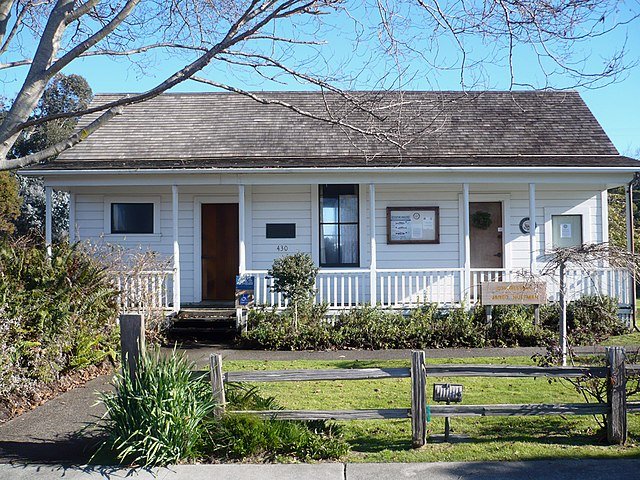
Photo by: Ellin Beltz
Braxton Bragg
A few historical facts regarding Fort Bragg’s namesake, Braxton Bragg..
The City is named for Braxton Bragg, a North Carolinian born into a slave owning family who had a slave accompany and serve him while at West Point and when he served in the Union Army in the Mexican War
While pregnant with Braxton, Mrs. Bragg killed a free Black man for “impertinence.” (McWhiney)
While in the US Army he fought to displace the Seminoles from Florida to parts west
Bragg married a wealthy woman in Louisiana, resigned his commission and established his own plantation of 1,600 acres with 105 enslaved men women and children to labor for him. He joined “the elite ranks of the slave owning aristocracy.” earning “a net profit of $30,000” in 1859 (equivalent to $1 million dollars today).
Bragg wrote of slavery: “We have a large class of our population in subordination [which is] just and necessary.” (McWhiney, pg. 143)
When a Southern Senator beat the abolitionist leader of Massachusetts Sen. Charles Sumner on the floor of the Senate with a metal tipped cane, leaving him bleeding and unconscious, Bragg wrote approvingly: “You can reach the sensibilities of such dogs only through . . . their heads and a big stick.” (McWhiney pg. 144)
Braxton Bragg, who had sworn an oath to defend the Constitution of the US took up arms against his country as a traitor and became a Major General in the Confederate Army saying of secession: “Our course is just and we must triumph.”
As an individual Bragg was known to his contemporaries as a terrible bungler as a General, as well as a raging alcoholic.
When the Fort here was named for Bragg he was not yet a secessionist but he was, and had been all his life, a slave master.
A Union officer Colonel F. J. Lippitt, in Humboldt County in 1862 during the civil war suggested to his superiors in Washington renaming the Fort and removing Bragg’s name as a traitor writing “for it has too long borne the name of a traitor.” The idea of changing the name of the fort therefore is 150 years old and predates the naming of the town.
[Above quotes are from two biographies of Bragg: (1) “Braxton Bragg: The Most Hated Man in the Confederacy” by Earl J. Hess, available at The Fort Bragg Library, and (2) “Braxton Bragg and Confederate Defeat” by Grady McWhiney.]
Photo by: Ellin Beltz
David Sedaris, Happy Go Lucky, pg. 173
““I’m not sure the general public really pays all that much attention to statues,” I said. “Don’t you think you could come in the night and replace General Braxton Bragg’s head with that of, say, Whoopi Goldberg, and it would take months for anyone to notice? Don’t most of us see a bronze figure on a pedestal and think, simply, Statue?"
Amy guessed that I was right.
“For those few exceptions who pay closer attention, you could keep the monument and change the plaque,” I said. “It could read something like CHESTER BEAURIGARD JR.- UNFORTUNATE BLACKSMITH WHO BORE A STRIKING RESEMBLANCE TO THE TRAITOR GENERAL BRAXTON BRAGG.”
My friend Anya, who is Jewish, thought otherwise when I brought up the issue on the phone the next day. “If there were statues of famous Nazis around, even ones with replaced heads and nameplates, I still wouldn’t want to pass them every day,” she said. “I mean, ugh, what a slap in the face!”
I see her point. To those upset about the monuments that were recently toppled, I guess I’d say, “Look, times change, Jefferson Davis overlooked your godforsaken traffic circle for one hundred years. Now we’ll just put him in storage and make it someone else’s turn for a while.””
Braxton Bragg and Confederate Defeat volume 1
BY GRADY McWHINEY
Braxton Bragg and Confederate Defeat volume 2
BY JUDITH LEE HALLOCK
Braxton Bragg General of the Confederacy
BY DON CARLOS SEITZ
Braxton Bragg The Most Hated Man of the Confederacy
BY EARL J. HESS






